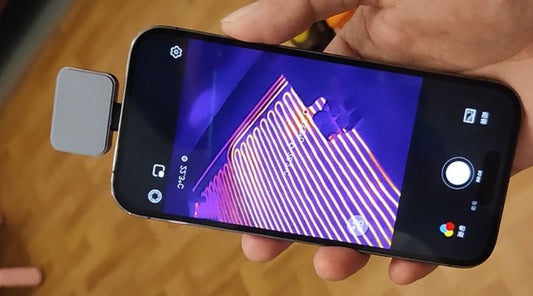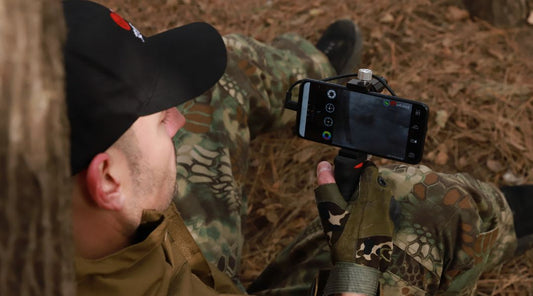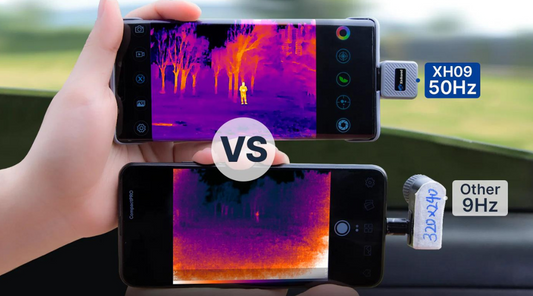Can Thermal Imaging Find Hidden Wires and Pipes?
Have you ever wondered about the remarkable capabilities of thermal imaging technology? From detecting energy inefficiencies in buildings to tracking wildlife in the dark, thermal imaging has proven to be a versatile tool. One intriguing application is its ability to uncover hidden wires and pipes. In this article, we'll delve into the workings of thermal imaging, its applications in detecting concealed elements, and the factors to consider for optimal results.

What is A Thermal Imaging Camera
Thermal imaging, also known as infrared thermography, operates on the principle of capturing infrared radiation emitted by objects. This technology has become indispensable in various fields due to its non-invasive nature and accuracy. One particularly fascinating application is its use in finding hidden wires and pipes.

How the Thermal Camera Works
At the core of thermal imaging is the detection of thermal signatures. Every object emits infrared radiation based on its temperature, and thermal cameras can capture these emissions. By converting the captured data into a visual representation, thermal imaging creates images known as thermograms. This process allows for the identification of temperature variations, revealing hidden structures that may not be visible to the naked eye.

Applications in Thermal Imaging Detection
Locating Hidden Electrical Wires
In construction and home inspections, identifying concealed electrical wiring is crucial for safety and compliance. Thermal imaging can quickly pinpoint overheating wires, potential fire hazards, or faulty connections without the need for invasive procedures.
Identifying Concealed Plumbing and Pipes
In plumbing, thermal imaging aids in detecting leaks and blockages within walls or beneath floors. The temperature differences caused by water flow or accumulation become visible, facilitating timely repairs and preventing extensive damage.
Use in Construction, Maintenance, and Home Inspections
For builders and maintenance professionals, thermal imaging is a valuable tool during construction and regular inspections. It reveals insulation gaps, water intrusion, and structural issues, providing a comprehensive assessment of a building's condition.

Advantages of Thermal Imaging
Non-destructive Nature of Thermal Inspections
Unlike traditional inspection methods that may require invasive measures, thermal imaging is non-destructive. It allows for a thorough assessment without causing damage to walls, ceilings, or floors.
Quick and Accurate Identification of Hidden Elements
The real-time imaging capability of thermal cameras enables swift detection of hidden wires and pipes. This speed is crucial for minimizing downtime in industrial settings and preventing potential hazards in residential properties.
Enhanced Safety Measures in Various Industries
By identifying potential issues before they escalate, thermal imaging contributes to improved safety across industries. Whether it's preventing electrical fires or addressing plumbing leaks promptly, the technology aids in maintaining a secure environment.

Choosing the Right Thermal Imaging Equipment
Selecting the appropriate thermal camera is crucial for successful detection. Consider factors such as resolution, temperature range, and additional features that enhance the camera's capabilities.
The ability of thermal imaging to find hidden wires and pipes is a testament to its versatility and practicality. From preventing electrical hazards to addressing plumbing issues, this technology plays a pivotal role in maintaining the integrity and safety of structures.
If you're intrigued by the possibilities of thermal imaging or have concerns about hidden wires and pipes in your property, consider reaching out to professional thermal imaging services, or buy a thermal camera and do it yourself. Your safety and the integrity of your infrastructure are paramount.




